#ferocactus latispinus
Text
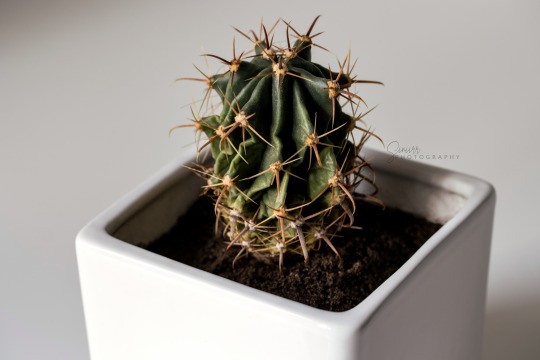

#cactus#houseplant#houseplants#plant#plants#nature#natural#siniirr#photography#Ferocactus latispinus
2 notes
·
View notes
Text
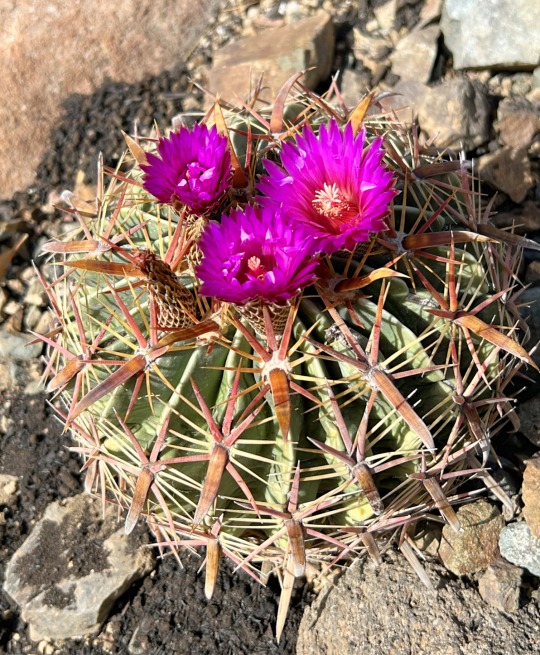
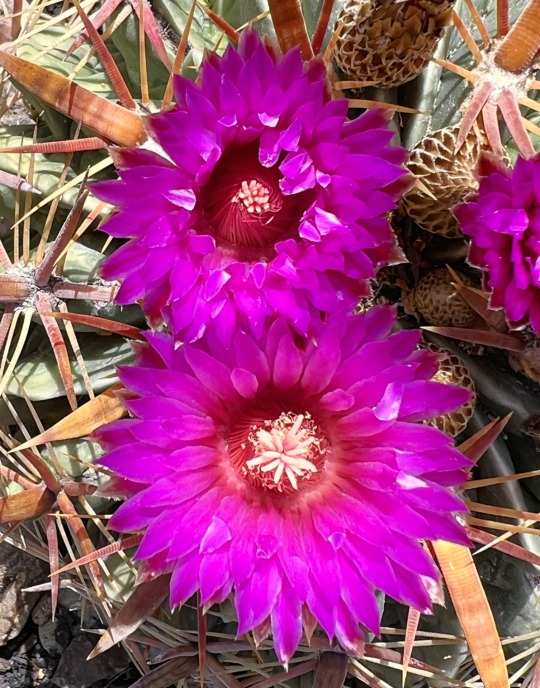
Ferocactus latispinus
Different species of Ferocactus flower at different times of the year, but spring and summer are the most common times. Ferocactus latispinus, however, consistently comes into bloom in the fall, livening up the garden with its beautiful purple flowers. As barrel cacti go, this one is very short, but with extra-wide hooked central spines (the spines redden strikingly when wet). F. latispinus is a close relative of F. recurvus, but the latter comes from farther south and grows taller.
-Brian
71 notes
·
View notes
Text
In a “fuck it” kind of mood and I have decided that I’m just gonna ramble about some plants on the wish list. One day I will live somewhere and won’t have to worry about moving the plants again.
Marimo Moss Ball:

Look at them! They live in little water terrariums! They’re also harder to find these days due to a zebra mussel outbreak that happened during the pandemic, so this is one that absolutely needs to be waited on.
Alocasia micholitziana “Frydek”

Ok, Alocasia are really finicky and known as a plant for people with greener thumbs because they’re really needy. But I absolutely love the look of their foliage. They’re just beautiful!
Alocasia Macrorrhiza “Stingray”

Another Alocasia, but this one has such a dramatic and stunning leaf shape! They can grow up to 15 feet too!!
Aloe Aristata

I do love succulents and aloes are such fun plants! I had a coworker who kept a large one on her desk. It was such a fun plant!
Ferocactus Latispinus - “Devil’s Tongue Cactus”

Admittedly, cacti are a bit outside my wheelhouse but I would love to expand and learn more about them! This one is just so pretty and cool!! It’s spines are pink!!
Mammillaria bocasana - “Powder Puff Cactus”

I’m not sure if this is one I’ll actually own, but it just has a really sweet beauty to it! It’s spines look so fuzzy and it has such stunning blooms!
Rabbit’s Foot Fern

I love ferns! The rabbit’s foot fern has that really beautiful leaf pattern. Honestly, for awhile I’ve been thinking that I would love to incorporate it into a tattoo design.
Alocasia reginula - “black velvet”

Yet another alocasia, but look at it!!! They’re stunning plants!!
Senecio Macroglossus - Wax Ivy

I love vines and climbing plants and I just love the look of this ivy!! I can see it being a wonderful kitchen window plant, trailing down a cabinet! It has such character in the variegation too!!!
Scindapsus pictus 'Argyraeus'

Another climbing vine with stunning foliage and coloration!! It’s got such cute little polka dots!
I just want so many plants and these are a handful of ones I want!!!
4 notes
·
View notes
Note
Morphology
Ferocactus species, a cactoid, in its native Arizona habitat
The 1,500 to 1,800 species of cacti mostly fall into one of two groups of "core cacti": opuntias (subfamily Opuntioideae) and "cactoids" (subfamily Cactoideae). Most members of these two groups are easily recognizable as cacti. They have fleshy succulent stems that are major organs of photosynthesis. They have absent, small, or transient leaves. They have flowers with ovaries that lie below the sepals and petals, often deeply sunken into a fleshy receptacle (the part of the stem from which the flower parts grow). All cacti have areoles—highly specialized short shoots with extremely short internodes that produce spines, normal shoots, and flowers.[10]
The remaining cacti fall into only two groups: three tree-like genera, Leuenbergeria, Pereskia and Rhodocactus (all formerly placed in Pereskia), and the much smaller Maihuenia. These two groups are rather different from other cacti,[10] which means any description of cacti as a whole must frequently make exceptions for them. Species of the first three genera superficially resemble other tropical forest trees. When mature, they have woody stems that may be covered with bark and long-lasting leaves that provide the main means of photosynthesis. Their flowers may have superior ovaries (i.e., above the points of attachment of the sepals and petals) and areoles that produce further leaves. The two species of Maihuenia have succulent but non-photosynthetic stems and prominent succulent leaves.[10]
Growth habit
Cacti show a wide variety of growth habits, which are difficult to divide into clear, simple categories.Arborescent cacti
Cacti can be tree-like (arborescent), meaning they typically have a single more-or-less woody trunk topped by several to many branches. In the genera Leuenbergeria, Pereskia and Rhodocactus, the branches are covered with leaves, so the species of these genera may not be recognized as cacti. In most other cacti, the branches are more typically cactus-like, bare of leaves and bark and covered with spines, as in Pachycereus pringlei or the larger opuntias. Some cacti may become tree-sized but without branches, such as larger specimens of Echinocactus platyacanthus. Cacti may also be described as shrubby, with several stems coming from the ground or from branches very low down, such as in Stenocereus thurberi.[11]Columnar cacti
Smaller cacti may be described as columnar. They consist of erect, cylinder-shaped stems, which may or may not branch, without a very clear division into trunk and branches. The boundary between columnar forms and tree-like or shrubby forms is difficult to define. Smaller and younger specimens of Cephalocereus senilis, for example, are columnar, whereas older and larger specimens may become tree-like. In some cases, the "columns" may be horizontal rather than vertical. Thus, Stenocereus eruca can be described as columnar even though it has stems growing along the ground, rooting at intervals.[11]Globular cacti
Cacti whose stems are even smaller may be described as globular (or globose). They consist of shorter, more ball-shaped stems than columnar cacti. Globular cacti may be solitary, such as Ferocactus latispinus, or their stems may form clusters that can create large mounds. All or some stems in a cluster may share a common root.[11]Other forms
Other cacti have a quite different appearance. In tropical regions, some grow as forest climbers and epiphytes. Their stems are typically flattened and almost leaf-like in appearance, with few or even no spines. Climbing cacti can be very large; a specimen of Hylocereus was reported as 100 meters (330 ft) long from root to the most distant stem. Epiphytic cacti, such as species of Rhipsalis or Schlumbergera, often hang downwards, forming dense clumps where they grow in trees high above the ground.[11]
Growth habits of cacti
Treelike habit (Pereskia aculeata)
Tall treelike habit (Pachycereus pringlei)
Tall unbranched columnar habit (Cephalocereus)
Shorter clustered columnar habit (Ferocactus pilosus)
Solitary globular habit (Ferocactus echidne)
Clustered globular habit (Rebutia species)
Epiphytic cactus (Rhipsalis paradoxa)
Stems
Stem of Mammillaria longimamma, showing tubercles
The leafless, spiny stem is the characteristic feature of the majority of cacti (and all of those belonging to the largest subfamily, the Cactoideae). The stem is typically succulent, meaning it is adapted to store water. The surface of the stem may be smooth (as in some species of Opuntia) or covered with protuberances of various kinds, which are usually called tubercles. These vary from small "bumps" to prominent, nipple-like shapes in the genus Mammillaria and outgrowths almost like leaves in Ariocarpus species. The stem may also be ribbed or fluted in shape. The prominence of these ribs depends on how much water the stem is storing: when full (up to 90% of the mass of a cactus may be water), the ribs may be almost invisible on the swollen stem, whereas when the cactus is short of water and the stems shrink, the ribs may be very visible.[11]
The stems of most cacti are some shade of green, often bluish or brownish green. Such stems contain chlorophyll and are able to carry out photosynthesis; they also have stomata (small structures that can open and close to allow passage of gases). Cactus stems are often visibly waxy.[11]
Areoles
Cactus areoles
Areole of Rhodocactus grandifolius showing its position relative to leaves
Cross-section of Cereus showing areoles with spines and wool
Areoles of an Echinopsis species
Close-up of an areole of Astrophytum capricorne showing fine wool
Flowers appear from the upper part of an areole, spines from the lower (Cereus species)
Areoles are structures unique to cacti. Although variable, they typically appear as woolly or hairy areas on the stems from which spines emerge. Flowers are also produced from areoles. In the genus Leuenbergeria, believed similar to the ancestor of all cacti, the areoles occur in the axils of leaves (i.e. in the angle between the leaf stalk and the stem).[12] In leafless cacti, areoles are often borne on raised areas on the stem where leaf bases would have been.
Areoles are highly specialized and very condensed shoots or branches. In a normal shoot, nodes bearing leaves or flowers would be separated by lengths of stem (internodes). In an areole, the nodes are so close together, they form a single structure. The areole may be circular, elongated into an oval shape, or even separated into two parts; the two parts may be visibly connected in some way (e.g. by a groove in the stem) or appear entirely separate (a dimorphic areole). The part nearer the top of the stem then produces flowers, the other part spines. Areoles often have multicellular hairs (trichomes) that give the areole a hairy or woolly appearance, sometimes of a distinct color such as yellow or brown.[11]
In most cacti, the areoles produce new spines or flowers only for a few years and then become inactive. This results in a relatively fixed number of spines, with flowers being produced only from the ends of stems, which are still growing and forming new areoles. In Pereskia, a genus close to the ancestor of cacti, areoles remain active for much longer; this is also the case in Opuntia and Neoraimondia.[11]
Leaves
The great majority of cacti have no visible leaves; photosynthesis takes place in the stems (which may be flattened and leaflike in some species). Exceptions occur in three (taxonomically, four) groups of cacti. All the species of Leuenbergeria, Pereskia and Rhodocactus are superficially like normal trees or shrubs and have numerous leaves with a midrib and a flattened blade (lamina) on either side. This group is paraphyletic, forming two taxonomic clades. Many cacti in the opuntia group (subfamily Opuntioideae) also have visible leaves, which may be long-lasting (as in Pereskiopsis species) or produced only during the growing season and then lost (as in many species of Opuntia).[11] The small genus Maihuenia also relies on leaves for photosynthesis.[13] The structure of the leaves varies somewhat between these groups. Opuntioids and Maihuenia have leaves that appear to consist only of a midrib.[14]
Even those cacti without visible photosynthetic leaves do usually have very small leaves, less than 0.5 mm (0.02 in) long in about half of the species studied and almost always less than 1.5 mm (0.06 in) long. The function of such leaves cannot be photosynthesis; a role in the production of plant hormones, such as auxin, and in defining axillary buds has been suggested.[15]
...
...
...
...I'm not reading all of that.
2 notes
·
View notes
Text
Ferocactus latispinus
Para los aficionados a los cactus hoy queremos traerte al Ferocactus latispinus, ¿lo conoces? Se trata de una planta originaria... http://dlvr.it/Sqb7gB
0 notes
Text
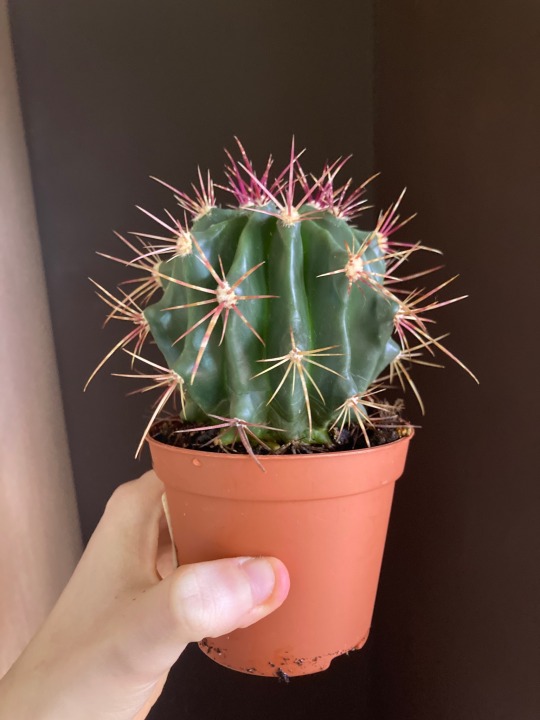
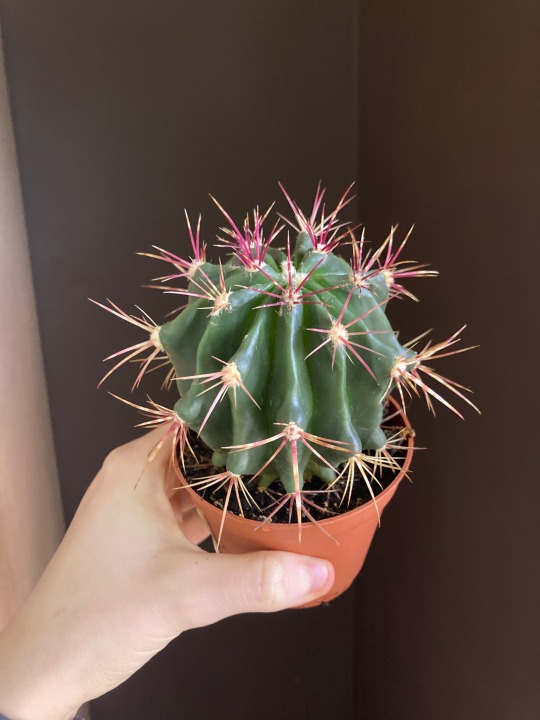
#plantblr#gardeners on tumblr#my plants#succulent blog#succulent#plant#succulents#cactus#cacti#devil's tongue barrel#ferocactus latispinus#ferocactus
157 notes
·
View notes
Text

Day 11: Spikes
This is Calcifer, my Devil's Tongue. His spikes have drawn my blood. They are brutal. I still love him. 💕
#plantvemberphotochallenge#plantvember#plantvibes#plantblr#cactus#succulents and cacti#succulove#cactilove#ferocactus latispinus#ferocactus#devil's tongue cactus#succulents#spikes#calcifer#mug
30 notes
·
View notes
Photo
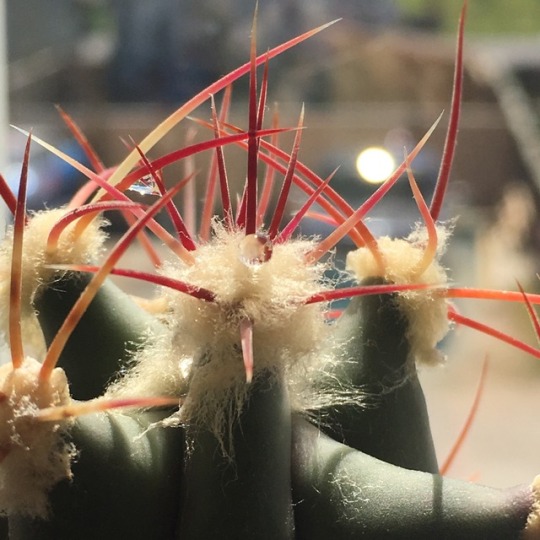
Water drop 💧 7.16.18
#ferocactus latispinus#cactus#devils tongue cactus#plantblr#plant blog#cactus blog#succulents#succulent blog
50 notes
·
View notes
Photo
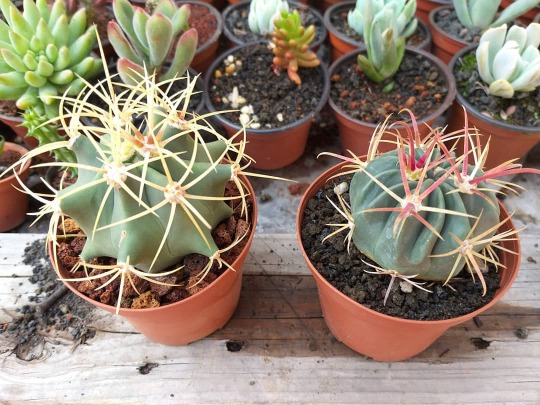
Ferocactus Histrix (espinas amarillas) y Latispinus • • • #ferocactushistrix #ferocactuslatispinus #ferocactus #histrix #latispinus #verde #green #amarillo #yellow #rojo #hechoenmexico #red #raicesmexicanas #plantas #suculentas #plantassuculentas #cactaceae #succulentsandcactus #cactusandsucculents #succulentshop #cactus #ventadesuculentasycactus #ventadesuculentas #ventadecactus #ventadecactusysuculentas #ventadeplantas #ventadesuculentasycactuscdmx #ventadecactusysuculentascdmx #sinfiltro https://www.instagram.com/p/CCY0ae_skWl/?igshid=phqwljko172p
#ferocactushistrix#ferocactuslatispinus#ferocactus#histrix#latispinus#verde#green#amarillo#yellow#rojo#hechoenmexico#red#raicesmexicanas#plantas#suculentas#plantassuculentas#cactaceae#succulentsandcactus#cactusandsucculents#succulentshop#cactus#ventadesuculentasycactus#ventadesuculentas#ventadecactus#ventadecactusysuculentas#ventadeplantas#ventadesuculentasycactuscdmx#ventadecactusysuculentascdmx#sinfiltro
0 notes
Photo
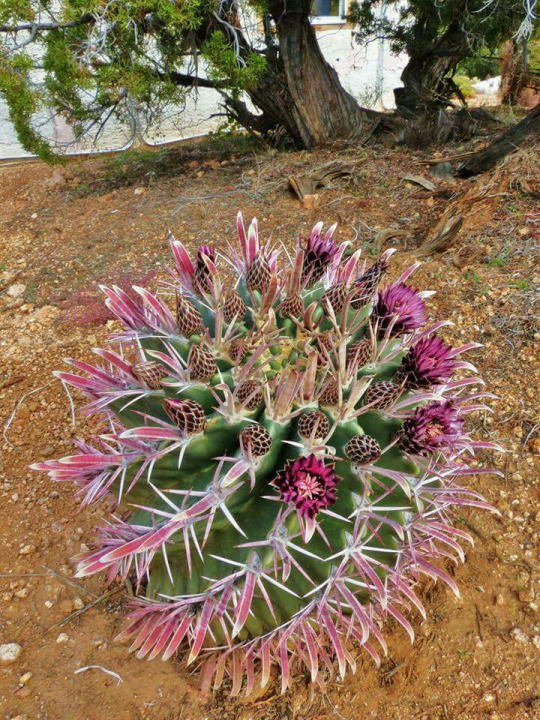
Ferocactus ssp. Latispinus spiralis
8 notes
·
View notes
Text
Moonlight Snake Plant

My dracaena Snake Plant “Moonlight” in bloom with the Echinopsis subdenudata, and Ferocactus latispinus
#aesthetics#plantlife#potted plants#succulents#houseplants cactus cacti houseplants plantstyling Dracaena snakeplant#indoor plants
4 notes
·
View notes
Text
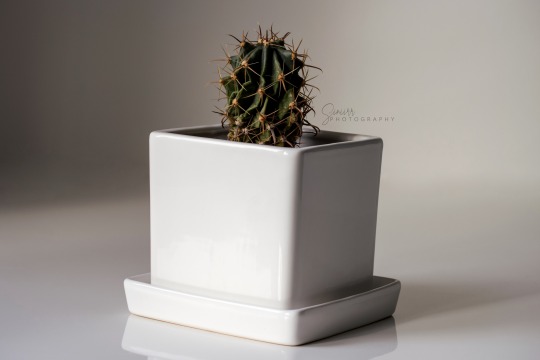
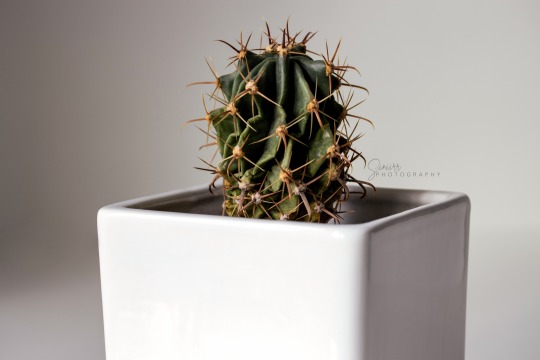
#cactus#houseplant#houseplants#plant#plants#siniirr#photography#nature#natural#Ferocactus latispinus
2 notes
·
View notes
Photo

✨Ferocactus latispinus
1 note
·
View note
Photo

Ferocactus recurvus (latispinus) . #cactus #suculentas #cactaceas #succulents #succu #sucuholic #cactuslover #lovecactus #succulentobssesion #succulenta #succulentsofinstagram #uncactusenmadrid #ferocactus #ferocactusrecurvus #ferocactuslatispinus https://www.instagram.com/p/CEPRgjFIJHo/?igshid=tfuvnvtnd0i5
#cactus#suculentas#cactaceas#succulents#succu#sucuholic#cactuslover#lovecactus#succulentobssesion#succulenta#succulentsofinstagram#uncactusenmadrid#ferocactus#ferocactusrecurvus#ferocactuslatispinus
4 notes
·
View notes
Photo
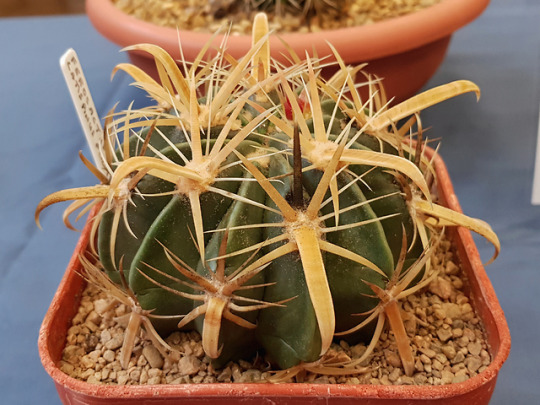
Ferocactus latispinus.
BCSS Cornwall Branch show.
May 2018.
#cactus#cacti#succulents#plants#show#bcss#cornwall#photography#agavex-photography#2018#samsung galaxy s8
38 notes
·
View notes
Photo
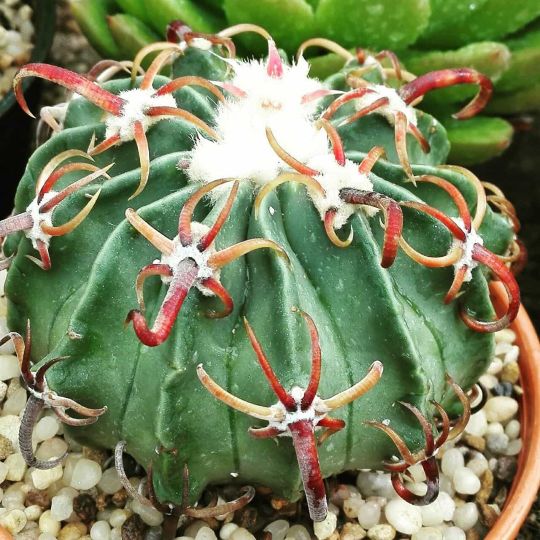
ferocactus latispinus ❤💚🌱🌵Plantsbank.com🌵 🌱💚❤ . . . . . . . #ferocactus_latispinus #plantsbank #ferocactus #plantsmakemehappy #plants #cacti #succulents #houseplantclub #houseplants #terrarium #beauty #cactus #echeveria #love #instagood #photooftheday #photography #naturephotography #nature #biophilia #green #flowers #gardening #garden https://www.instagram.com/p/B7dPIVSF1Pr/?igshid=hz3yb1e3y6xk
#ferocactus_latispinus#plantsbank#ferocactus#plantsmakemehappy#plants#cacti#succulents#houseplantclub#houseplants#terrarium#beauty#cactus#echeveria#love#instagood#photooftheday#photography#naturephotography#nature#biophilia#green#flowers#gardening#garden
2 notes
·
View notes